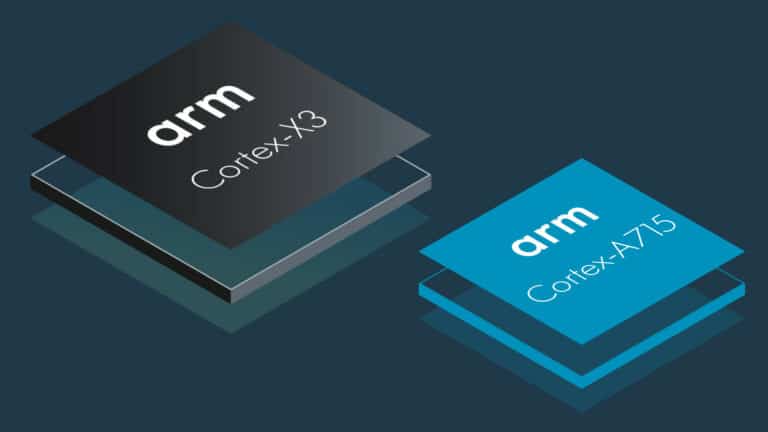Chip giant Arm unveiled its newest CPUs and GPUs for the mobile device industry.
Arm doesn’t produce chips; instead, it creates the blueprints that hardware manufacturers use to develop CPUs and GPUs. Globally, billions of devices are powered by the company’s technologies.
Most smartphones and tablets use processors powered by Arm designs, illustrating the company’s position in the mobile sector. Arm recently unveiled a range of new designs.
The Immortalis-G715 GPU
The Immortalis G715, a flagship mobile GPU, is projected to be available on mobile devices in 2023. Apart from improving performance by 15 percent over the last high-end offering, the chip supports ray tracing. Ray tracing refers to a rendering technique that raises the visual fidelity of video games.
Until recently, ray tracing was largely limited to desktop GPUs due to the high computing requirements. The new Immortalis-G715 contains hardware-level enhancements explicitly focused on ray tracing. Previously, Arm only integrated the technique at the software level.
The Cortex-X3 CPU
The Cortex-X3 is Arm’s newest and most powerful mobile CPU core. It’s designed for both laptops and phones. The core delivers up to 25 percent higher performance on smartphones than earlier-generation Arm chips. Performance is up to 34 percent higher on laptops.
The Arm Cortex-X3 is a single CPU core, the central part of a processor. It’s not a complete CPU. Typically, multiple cores are included in mobile CPUs. To support manufacturers, Arm is introducing the DSU-110, a technology that helps create mobile CPUs out of Cortex-X3 cores, among others.
